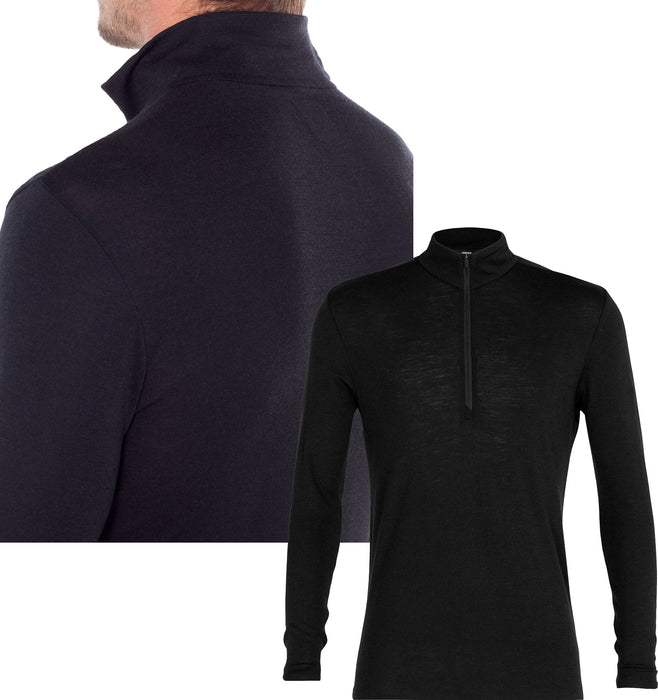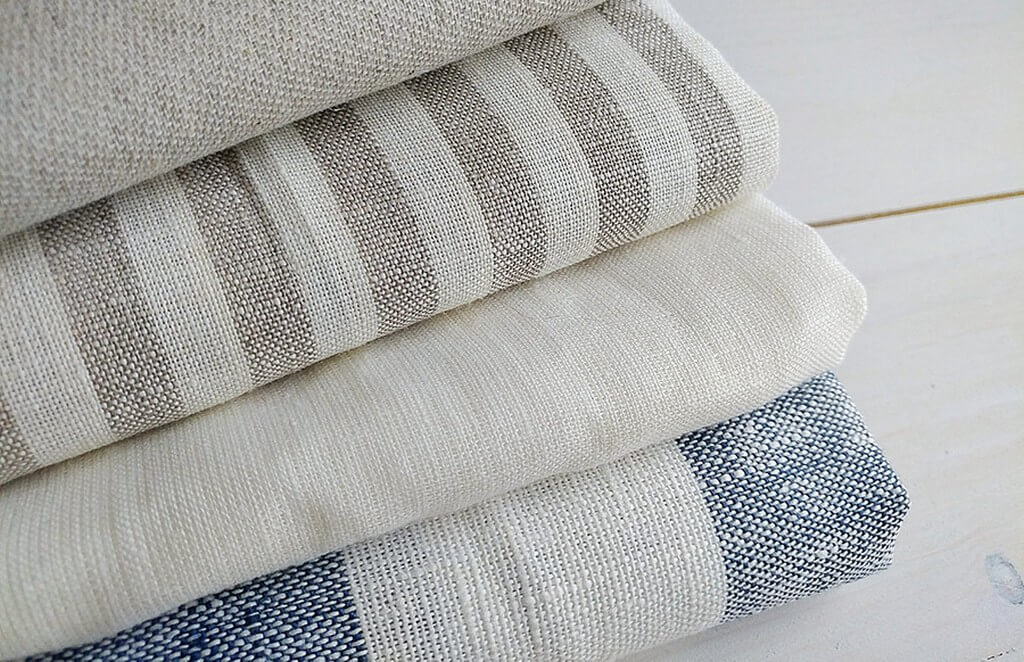Recommended Advice To Selecting Merino Wool Base Layers
Wiki Article
Why Is Yak Merino Wool Base Layers So Effective For Winter Sports Clothing With Regards To Natural Fiber Benefits?
Natural fibers are a great choice for a base layer in winter sports apparel, and not just because of their performance but also their environmental sustainability.
Yak wool and merino fibres are both natural fibers. They are renewable resources and can be harvested in a sustainable manner without harming animals. The fibers are biodegradable which means that they can be broken down in nature without causing environmental harm.
Low Environmental Impact
The production of natural fibers generally has a less environmental impact than synthetic materials. The harvesting and cultivation of wool require less chemical processes and are more reliant on resources that are not renewable compared to synthetic fibers.
Energy Efficiency
The manufacture of synthetic fibres like polyester or nylon requires more energy. Natural wool manufacturing is energy efficient and results in less carbon emissions.
Reduced Microplastic Pollution
Unlike synthetic fibers, which shed microplastics during washing natural wool fibers don't contribute to microplastic pollution in water bodies.
Longevity, Recyclability and Durability
Yak merino wool garments are generally durable and last a long time and can last for a longer time, which extends their life. Wool fibers can also be reused or recycled, thus reducing waste.
Sustainable Practices
Wool producers and manufactures adhere to ethical, sustainable practices. This includes animal welfare, land management that is responsible, and fair conditions for the workers involved in the chain of production.
Environmental Certification-
Insuring consumers about the sustainability of wool production is a certification such as the Responsible Textile Standard (GOTS) or the Global Organic Textile Standard.
The base layers of yak merino are sustainable for the environment since they are made of renewable, natural sources and include ethical and sustainable practices in the supply chain. Natural fibers, like yak wool merino are an excellent option for winter sports clothing that promotes responsible consumption and eco-friendly practices. Check out the top merino wool base layer blog for website examples including wool base layer mens, merino wool base layer hunting, best base layer for skiing, merino undershirt, smartwool 250 base layer women's, ski thermal underwear, smartwool merino base layer, smartwool long sleeve shirt, merino wool long underwear women's, smartwool merino 250 bottoms and more.

What Are The Benefits Of Bamboo Clothing In Terms Of Softness And Antibacterial Properties Durability, Renewability, And Durability.
Bamboo clothing has many benefits that include softness. Antibacterial properties. Durability. and renewability.
Bamboo fabric is an incredibly soft, silky texture which is frequently compared to high-end materials like cashmere or silk. It feels smooth and soft against your skin. It is an extremely comfortable and pleasant material to wear.
Antibacterial Properties
Bamboo is an organic antimicrobial called "bamboo Kun." This property can help to prevent the growth of odor-causing bacteria and fungi that can be found on fabric, keeping it fresher for longer durations and lessening the need to wash it frequently.
Durability-
The strength of bamboo fibres even though they are soft, can be strong and durable. Bamboo clothing is resistant to normal wear, which makes it ideal for a variety of activities without compromising quality.
Renewability-
Rapid Growth - Bamboo is a highly renewable resource that grows rapidly without the necessity of fertilizers or pesticides. It is a resource that can be regenerated that grows rapidly without the requirement for fertilizers or pesticides.
Sustainability-
Eco-Friendly production- Bamboo processing and cultivation usually have less impact on the environment than synthetic materials. Bamboo's rapid growth and low need for water, and its ability to adapt to a variety of climates are just a few factors that help to sustain the use of the material.
Biodegradability-
Natural breakdown- Bamboo clothing breaks down naturally at the point of no return in its lifespan. This helps reduce the amount of non-biodegradable waste in landfills and reduces environmental pollution.
Hypoallergenic Qualities
Bamboo fabric has a lower chance of causing skin irritations and allergic reactions than other synthetic fabrics. This makes it a perfect choice for those who have sensitive skin.
Bamboo clothing is a great choice for those seeking comfortable, functional and environmentally-friendly clothing. It combines softness with antibacterial properties and durability. These qualities make for a pleasant wearing experience and are in line with eco-conscious practices. Read the top rated bamboo clothing blog for website recommendations including ladies bamboo pants, bamboo button down shirts, bamboo baby pajamas, bamboo boxer shorts, bamboo material clothing, lisa frank bamboo pajamas, kyte pajama, bamboo cay shirts, bamboo tee shirts mens, bamboo maternity and more.

What Are The Differences Between Merino And Bamboo Clothes Differ From Eachother And Regular Wool?
Merino layers as well as regular wool, and bamboo clothes are different in their characteristics.
Merino Wool is soft and gentle to the skin. It's less likely to cause irritation and itching than the traditional sheep's wool.
Merino wool is excellent at wicking moisture, which allows it to evaporate. This keeps the wearer cool and comfortable.
Merino is a great insulation when wet. It regulates body temperature, providing warmth in cold temperatures and breathability, which helps prevent excessive heat during exercise.
Odor Resistance - It's a natural anti-bacterial agent that inhibits bacteria growth which keeps clothing fresh and smells good even after prolonged wear.
Bamboo Clothing
Bamboo clothing is said to have a silky and soft texture that can be compared to cashmere, or even silk. It's luxurious and soft to wear.
Bamboo fabric has moisture wicking properties which draw moisture away and help keep your dry.
Temperature Regulation- Bamboo clothing has natural temperature-regulating abilities, offering warmth in winter and breathability to prevent overheating.
Sustainability - Bamboo is a extremely renewable resource that grows quickly without the need for fertilizers or pesticides. It is biodegradable and has minimal environmental impact.
Regular Wool
Texture. The traditional wool texture can vary. Certain kinds of itchy or uncomfortable textures are more coarse.
Warmth- Regular Wool is a great source of great insulation and warmth, although it may feel large and heavy at times.
Moisture Absorption - Wool can absorb water, which makes it less effective for moisture-wicking as bamboo and merino. It remains warm even when it is damp.
Summary The softness of Merino Wool makes it odor and odor resistant. It also provides exceptional moisture wicking. Bamboo clothing has a silky touch, moisture-wicking qualities, regulates temperature, and is a long-lasting material. Wool has a variety of textures, and may not offer the same softness and moisture-wicking abilities as bamboo and Merino, however it still provides warmth and insulation. Each has its own advantages, and caters to various tastes and needs in winter wear. View the top her latest blog on merino winter clothings for site recommendations including smartwool 250 base layer women's, ski thermal underwear, best thermals for skiing, smartwool 1 4 zip womens, long john merino, smartwool 1 4 zip womens, smartwool merino 250, smartwool merino 250 base layer, ski base layer pants, icebreaker baselayer and more.
